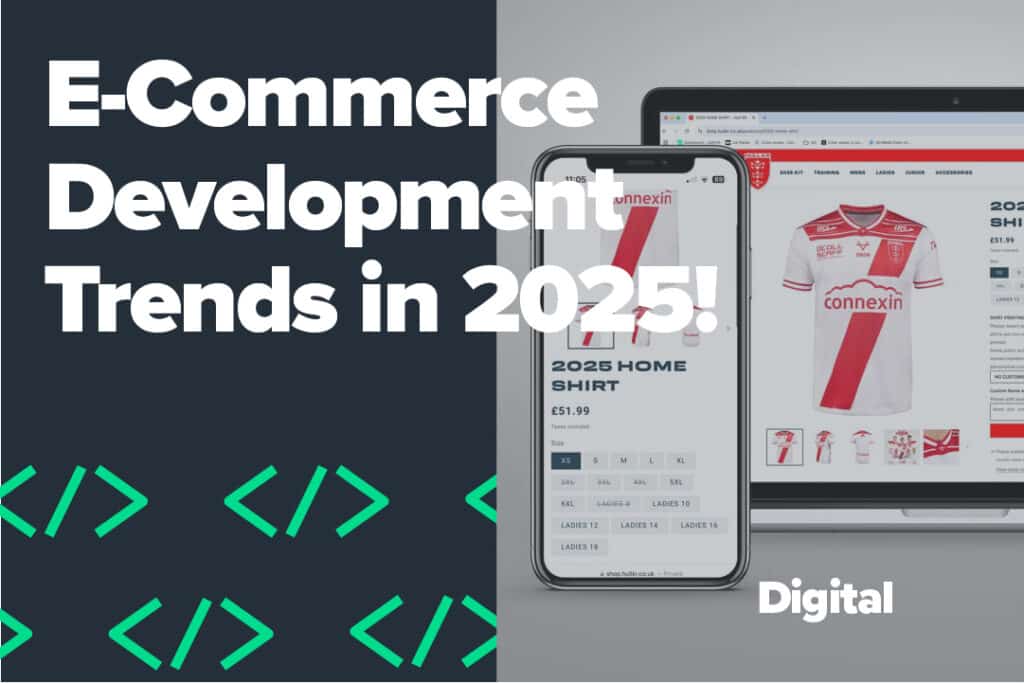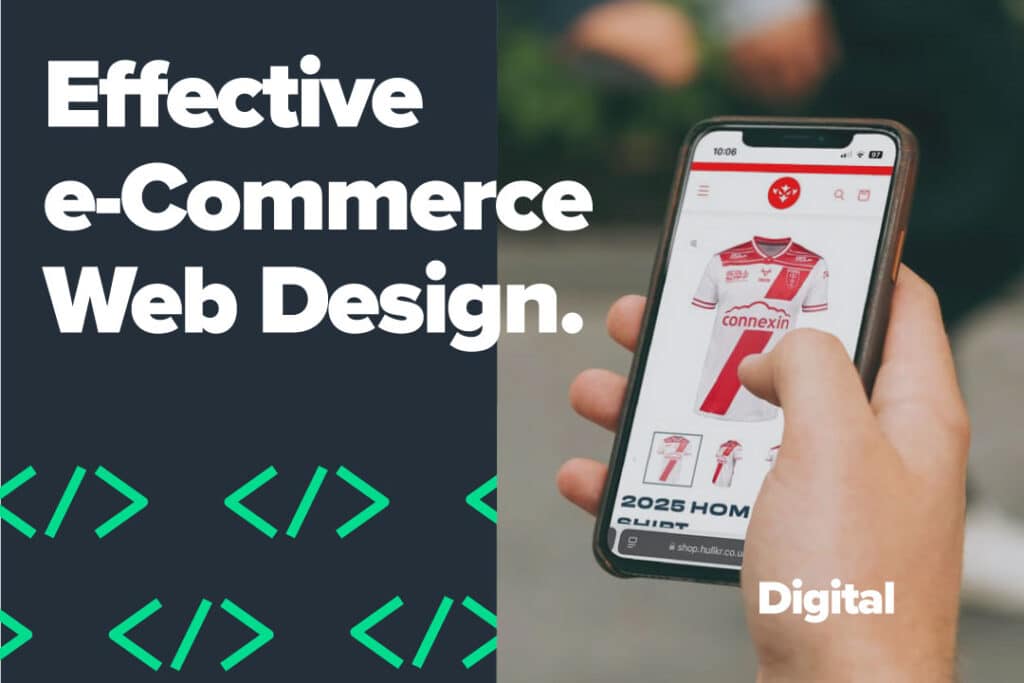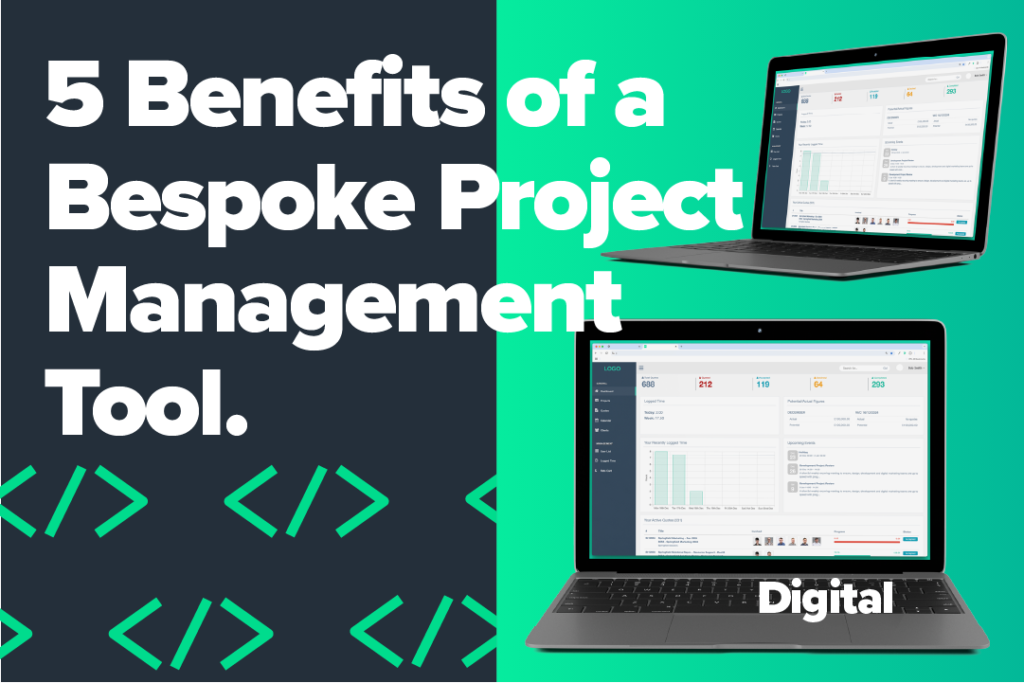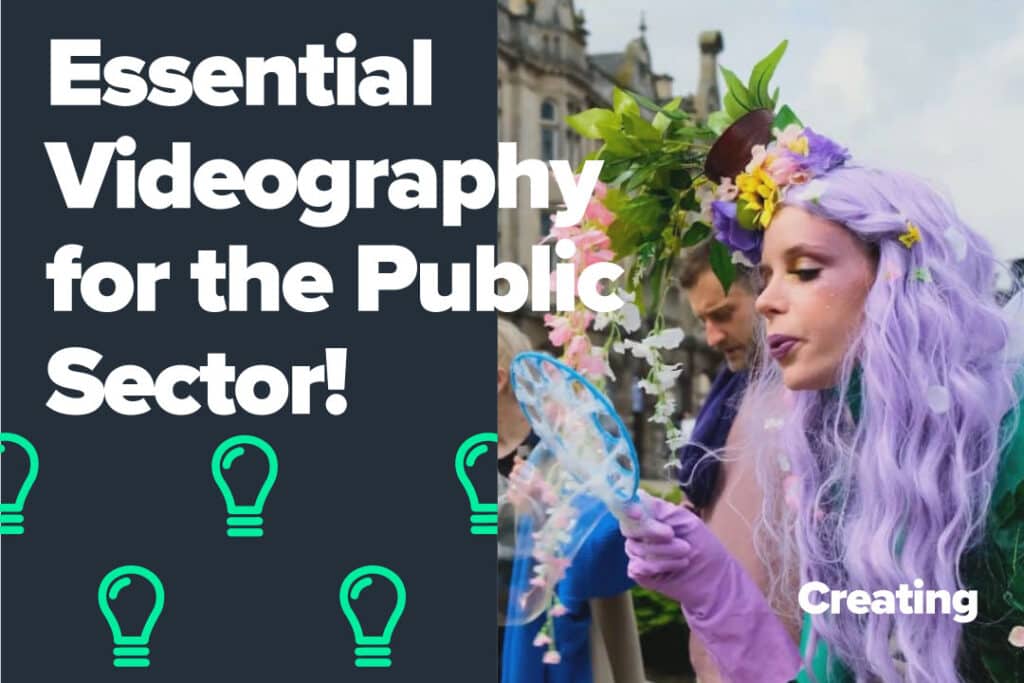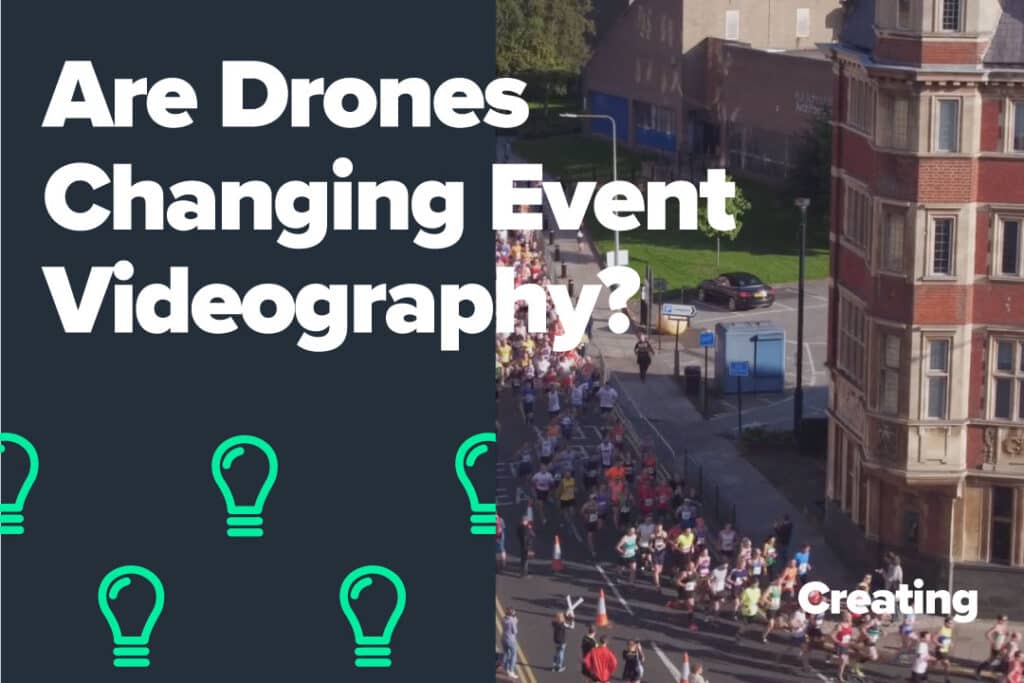Website design that’s visually appealing, user-friendly, and functional is essential in seeing any results. However, even with the best intentions, many designers fall into common pitfalls that negatively impact user experience, SEO performance, and overall site effectiveness. From cluttered layouts and poor navigation to ignoring mobile responsiveness and accessibility, these website design mistakes can drive visitors away and hurt your brand’s reputation.
We’re going to explore the most common website design mistakes and provide actionable tips to avoid them, ensuring your site stands out for all the right reasons!
Table of Contents
10 Website Design Mistakes & How to Avoid Them
1. Cluttered Layout
It’s natural to want to get as much information and content onto a page as possible, but there are times when it’s too much. Users are overwhelmed with the amount of images, text, (and frustratingly, pop-ups), that they don’t find the website usable.
- Stick to minimalistic design choices
- Use clear focus areas for users to navigate easily
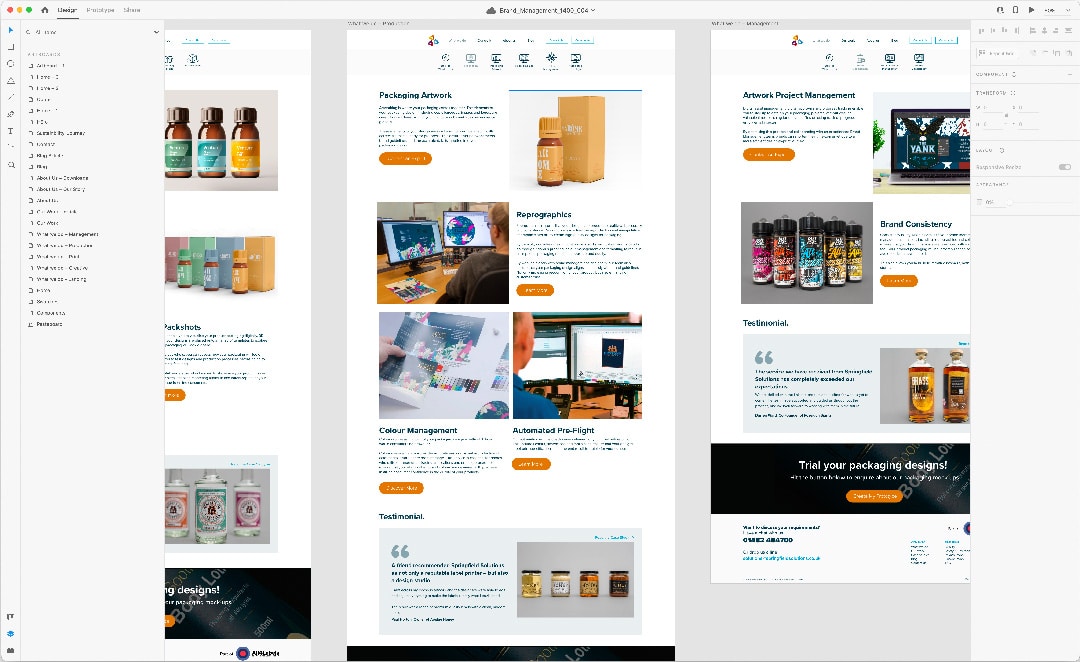
2. Poor Navigation
Oftentimes menus are hidden in the name of minimalism, but that can negatively impact navigation experience. Users want to know how to bypass hours of scrolling by searching for exactly what they want!
- Utilise intuitive navigation systems
- Ensure menus are easy to view and access
3. Mobile Responsiveness
When designing a website, some argue that you should actually prioritise mobile-first design on account of around 67% of Google’s total website visits being mobile. If you’re not, user experience will suffer and you’ll see higher bounce rates and lower engagement.
- Optimise mobile layouts
- Optimise imagery and visual content for mobile-first
4. Slow Loading Times
There’s nothing more frustrating than slow loading times. It’s easy to overlook this when designing a website, adding in large images and plugins in an attempt to improve experience.
- Compress images
- Optimise code and reduce plugins and pop-ups
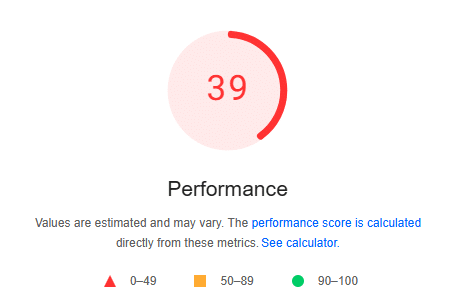
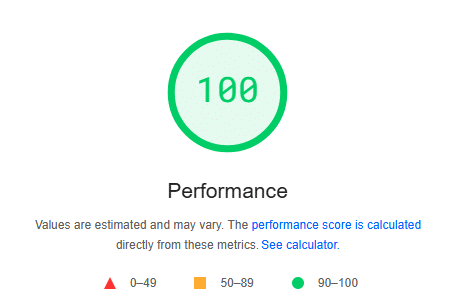
5. Poor Readability
Small fonts, poor contrast, and fancy typography all contribute to poor readability. Ideally, you want users to read website copy to improve engagement and hopefully convert to leads, so ensuring your design is legible and accessible is key.
- Use white space appropriately and to your advantage
- Consider fonts, colours, and contrast in your brand guidelines
6. Lack of a Clear CTA
Calls to action prompt users to engage, buy now, get in contact, sign up, etc. If they’re vague, hidden, or not boldly coloured enough, users may skip over them and leave the web page without taking any action. And that’s not what you want…
- Make CTAs visually distinct
- Strategically place CTAs on the web page
7. Not Prioritising SEO
On-page SEO is so important in ensuring that search engines can analyse your website properly, connecting the content with a users search query. By not prioritising SEO, you’re limiting your search engine rankings and organic visibility.
- Optimise meta tags and descriptions
- Optimise images using alt text
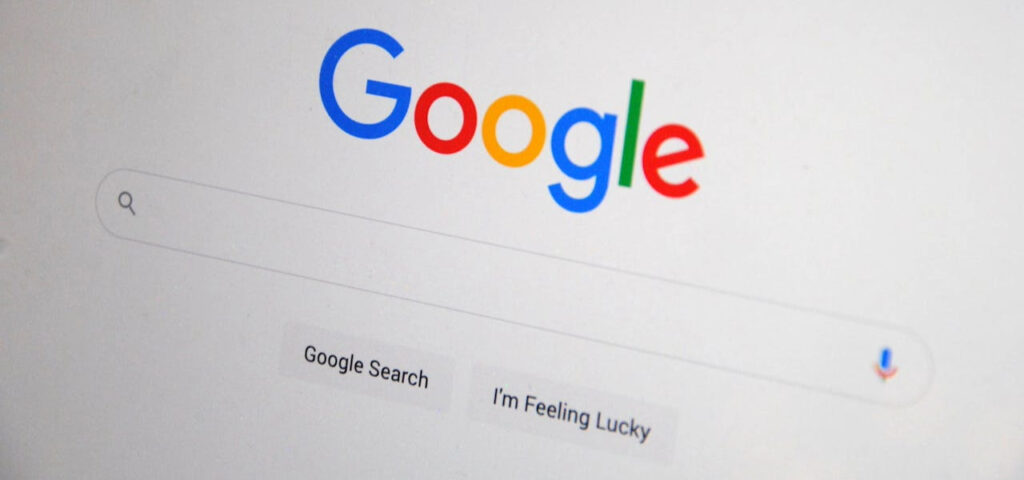
8. Not Testing Website Design Across Browsers
One of the biggest website design mistakes is not testing your site after it goes live. Broken layouts and features cannot be properly audited and fixed without sufficient testing. Although not a direct website design choice, not testing across browsers can lead to significant functionality issues.
- Test across multiple browsers
- Ensure website design consistency across platforms
9. No Analytics Integration
One of the most important aspects of website redesign, or a website development project, is the use of analytics. With no analytics integration set up, you can’t measure user behaviour and track different metrics showing the success and usage of your new website.
- Ensure a tool like GA4 is integrated with your website
- Optimise data driven insights
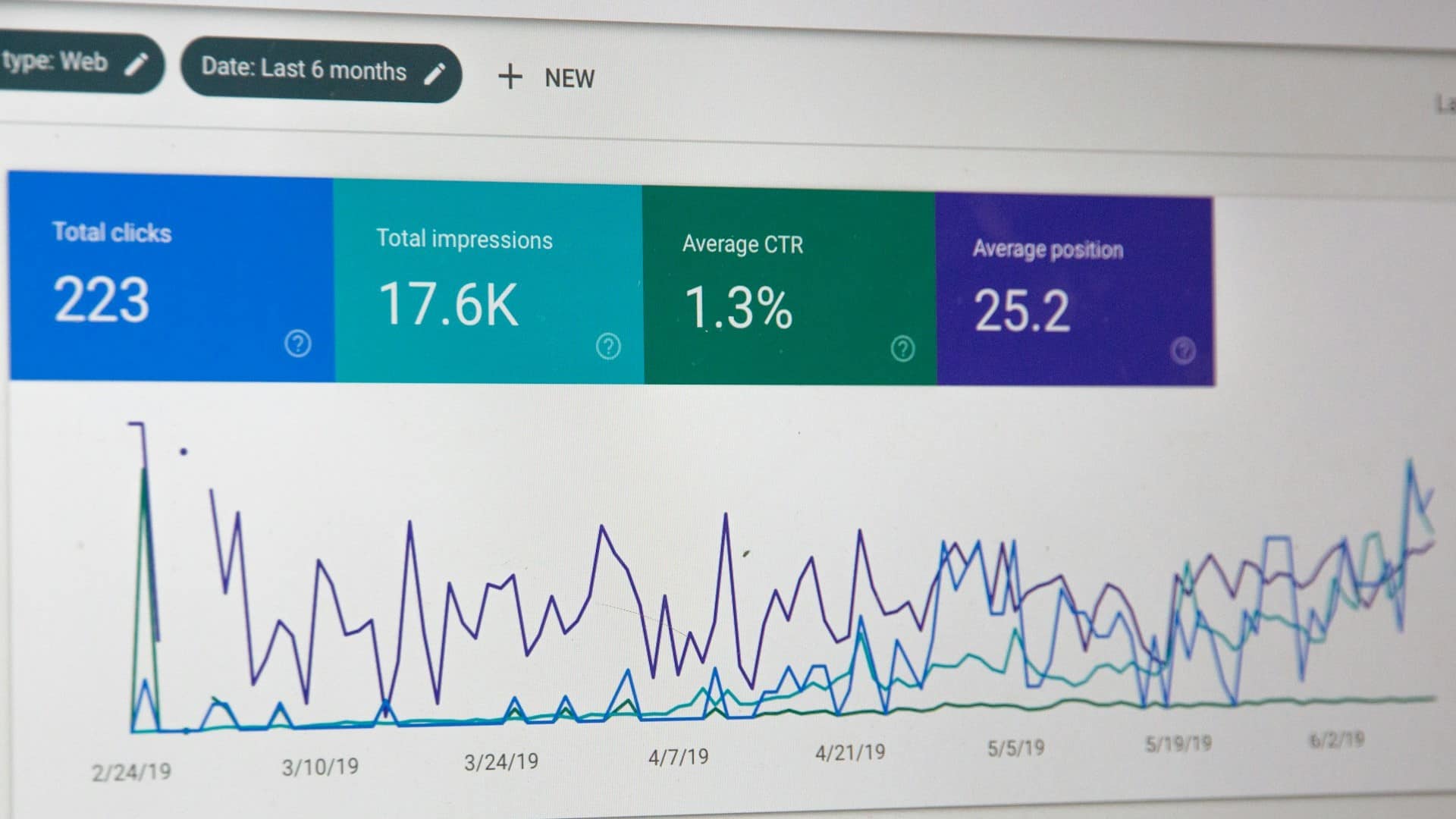
10. Ignoring User Feedback
It’s easy to dismiss and ignore feedback, but it can be a really huge mistake. If you’re not meeting the needs and expectations of your users, you’re not likely to retain engagement or grow users.
- Regularly gather feedback from your users
- Consider A/B testing
If you want to chat some more, reach out to us and we’d be happy to talk about your project today!

